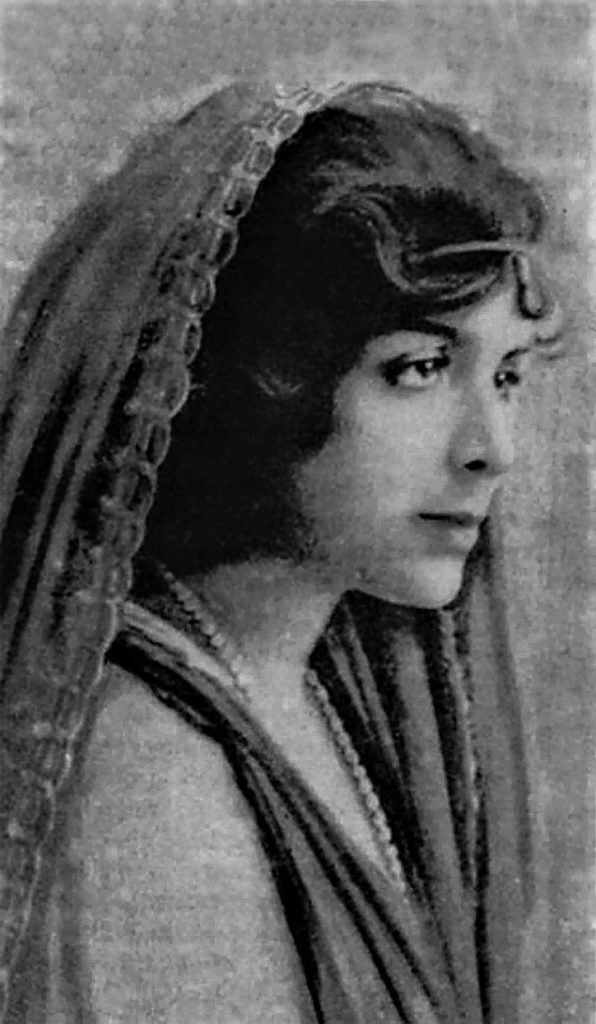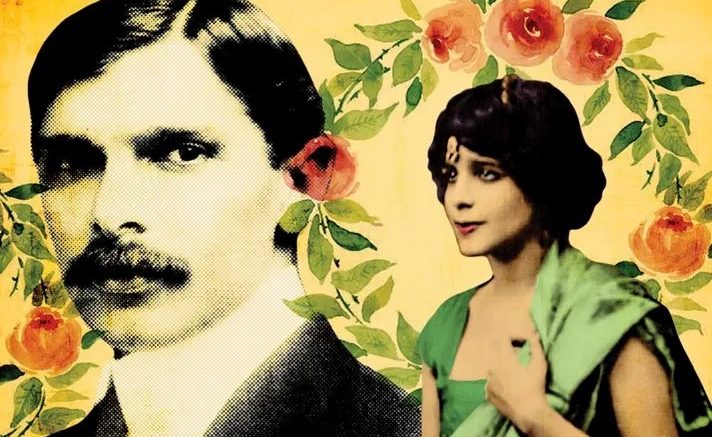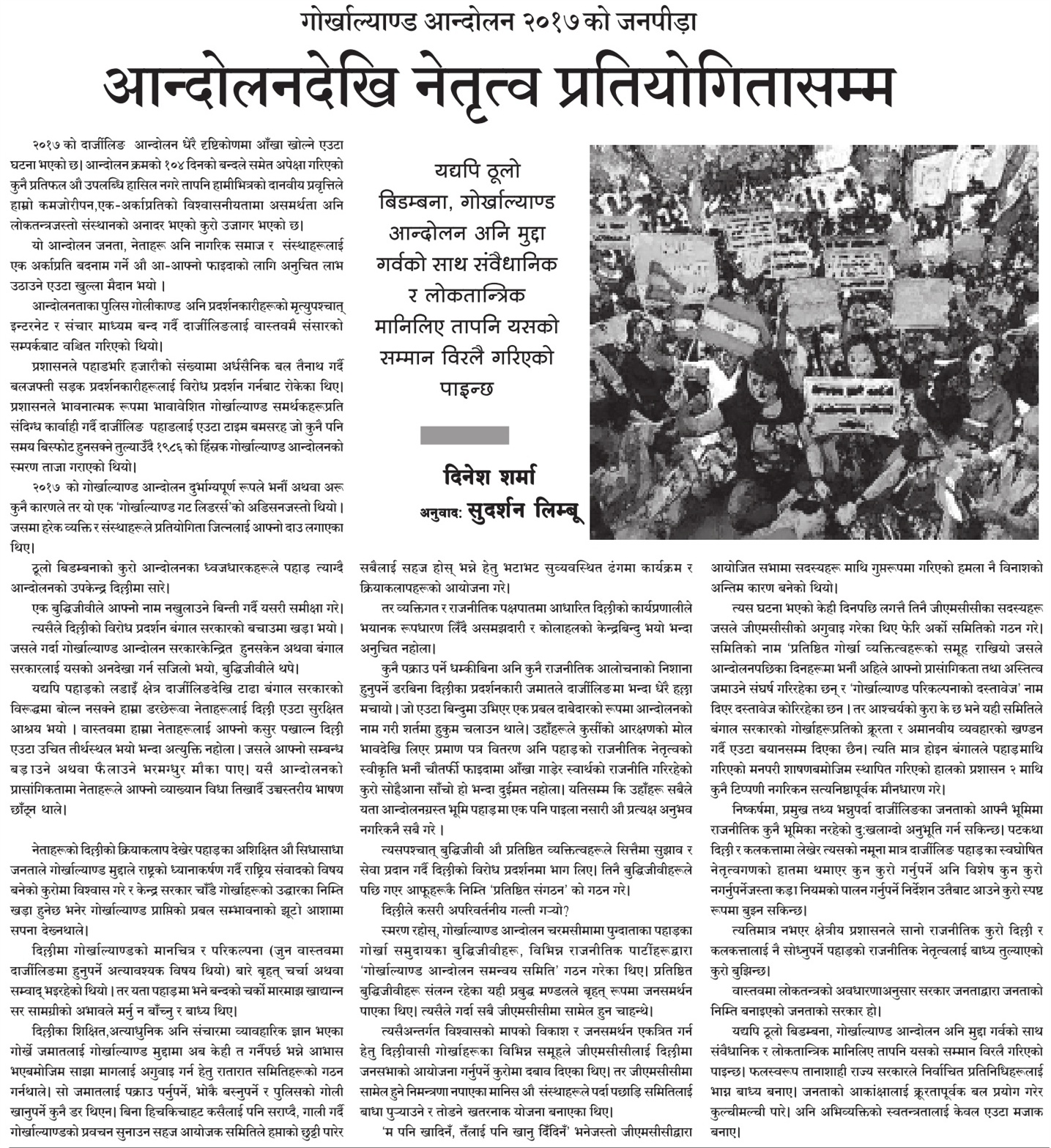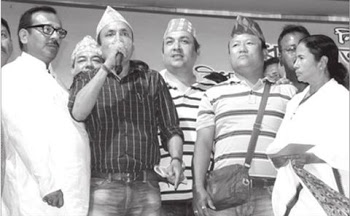What a history it has had- rich, intriguing, fascinating!!
The British discovered Darjeeling by coincidence. It was a stroke of sheer luck that the British chanced upon Darjeeling in the year 1829 and its discovery ended years of search for a Hill station in the Bengal province. In fact till the discovery of Darjeeling, it was almost a humiliation for the Bengal Province that it did not have a Hill Station of its own despite it being probably the most powerful of all the provinces in British India. The Punjab Province had Shimla, Mussoorie and several other hills stations where the officers and families of the British government could find solace from the sweltering heat of the plains, the Madras province had Ooty, Kodaikanal and other hills stations and it was only the Bengal Province which did not have any hill station it could call their own. Cherrapunji was discovered in the mid 1820s and the Bengal Province was overjoyed at having ultimately ended their search but it turned out to be a damp squib- literally- as 11500 mm of annually rainfall swept away their dreams.
Hence, when Darjeeling was discovered in the year 1829 by Captain George Alymer Lloyd and J. W. Grant when they were en route to the remote village of Antoo in Nepal, to resolve a political issue between Nepal and Sikkim, it infused relief and joy amongst the officials and civil society in the Bengal Province.
Ever since its discovery and subsequent annexation into British India, Darjeeling occupied a prominent position amongst all hill stations across India- so much so that it came to be known as the Queen of the Hills.
The very mention of its name inspired joy, beauty, amicable weather, greenery, mountains and most of all-romance. Marriages, it is said, are made in heaven- for many Darjeeling was nothing short of heaven and uncountable are the romances that blossomed under the cool lovely skies of Darjeeling with Kanchenjunga standing at a distance as a silent witness.
While many such romances and marriages are well known and documented on reams of papers or immortalized in celluloid, one that is hardly known or talked about is the drama and high voltage romance that the founder of Pakistan, Muhammad Ali Jinnah, had with his future wife, during his stay in Darjeeling. Darjeeling can proudly claim of having contributed to the first family of Pakistan.
This is the highly interesting and dramatic courtship and subsequent marriage of Muhammad Ali Jinnah, lovingly called Quaid-e-Azam in Pakistan, and his wife Ruttie, which all started in the cool and beautiful hills of Darjeeling.
Born in 1876 in Karachi now in Pakistan but then a part of undivided India, Jinnah, went to school in Bombay (now Mumbai) and pursued his legal career in Bombay too. He was married off to his cousin, Emibai, at the tender age of 14 much against his wishes. In the year 1892, Jinnah moved to London to study Law and even before he could actually know his young wife better she died in the following year, of natural causes.
He came back to Bombay after completion of his studies and plunged into his career with much gusto and competence. His hard work and intelligence soon saw him becoming a highly successful lawyer with elite clientele. The next two decades of his life was focused in building up a highly successful legal and political career. Not only was he considered as one of the topmost lawyers in India of those times but was also the top most Muslim social and political leader.
In the summer of 1916, exhausted with both his legal and political lives, he decided to take a break from his busy schedule and spend a few months in the cool climate of Darjeeling. Darjeeling at that time was one of the most celebrated Hill Stations in India and was famous across the country and the world as the QUEEN OF THE HILLS.
He reached Darjeeling and started staying in the summer residence of his friend from Bombay, Mr Dinshaw Petit, who belonged to one of the most prosperous and elite Parsi families of the country. His father had established the first cotton Mill in India and Dinshaw had made it one of the biggest cotton factories in existence then. The name of the house in Darjeeling was PETIT CHATEAU and the house offered a wonderful view of the Kanchenjunga as well as the surrounding hills and valleys. The pleasant weather, the cool breeze and clear skies were a complete change from what he had left behind in Mumbai and he instantly fell in love with Darjeeling saying “ if there really is heaven on Earth, this must be it”.
It was not merely by coincidence but probably more due to destiny that Mr Dinshaw’s daughter too was spending her holidays in Darjeeling in the period Jinnah was there. Staying in the same house, spending hours and days together under the romantic skies of Darjeeling ignited romantic sparks to flicker within the two of them.
Dinshaw’s daughter, Rattanbai Petit, called Ruttie by her loved ones, was 16 at that time but was already a fully blossomed lady and a very known face in the Bombay high society due to her beauty and fashion sense. She was already a fashion diva and was called the FLOWER OF BOMBAY. In those early days of Indian fashion, she was considered a fashion trendsetter especially for the stylish designs of her blouses which she matched with much elegance with the saris she wore.

Jinnah was 40 at that time and despite a 24 year age difference between them, their relationship intensified to such an extent in the romantic environment of Darjeeling that they decided to get married.
Jinnah broached the subject of their marriage with Mr Dinshaw, Ruttie’s father, who strongly opposed the relationship. He strictly forbade Ruttie from meeting or talking to Jinnah and Jinnah too was banned from the aspects of the Petit family. Not only this, the Petit family also took legal recourse and filed a case under the Parsi Marriage Act but Jinnah being the top dog lawyer himself, negotiated the legal complications and when Ruttie turned 18, the two got married in a private ceremony attended by just close friends and well wishes of Jinnah. Besides others, the Raja of Mahmudabad was also present for the wedding.
They married under the Special marriages Act but before the marriage could take place Ruttie converted to Islam and took up the name of Maryam. After their wedding, they travelled to Nainital for their honeymoon. After Nainital they spent several weeks in the Maidens Hotel in Delhi which is so famous for the Mughal gardens.
It didn’t take long for the initial glow of romance and marriage to dim and soon the couple started to realize that they had complete different personalities. Ruttie was the very sentimental and emotional types while Jinnah was the pragmatic and logical type. Their age difference as well as their completely different interests in life started taking a toll on their marriage. Jinnah, himself was by then a highly sort after lawyer and a top shot politician as well as one of the leading freedom fighter against the British, hence had little or almost no time to spare for Ruttie. Ruttie on the other hand craved for his time and attention which were in acute short supply. Despite the birth of their only child, Dinna, in 1919, their marriage continued to downslide.
The marriage turned so sour that in 1922 she moved to London with her daughter and pets but within a year her love for Jinnah brought her back to India. Rather than improve things, their marriage got worse and Ruttie started to enter into depression. She isolated herself from society and became a shadow of her former self in the following years. Her depression ultimately took her life and she died at the young age of 29 on 20th of February 1929 in her residence in Mumbai. This is the story of the love life of Muhammad Ali Jinnah and his wife Ruttie which sparked off in the lovely hills of Darjeeling and ended in tragedy in the big bad world of Indian pre independence politics.






Leave a comment